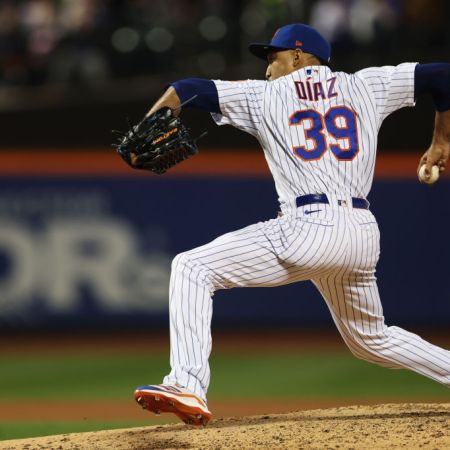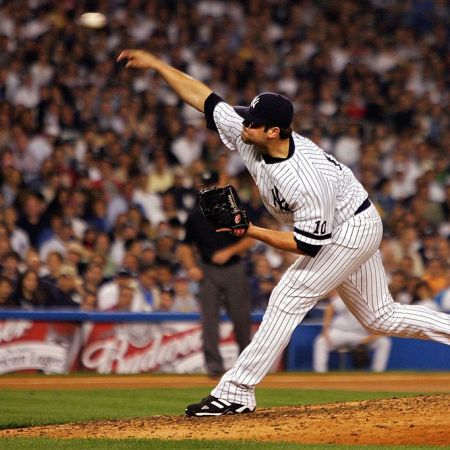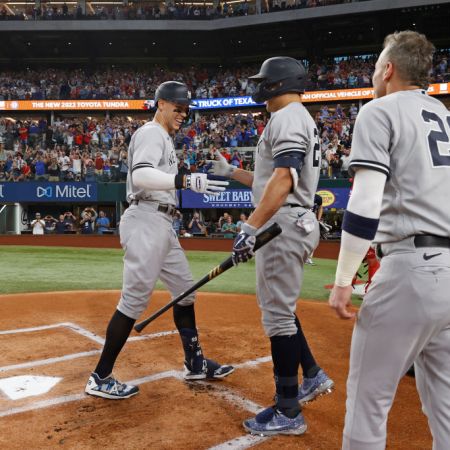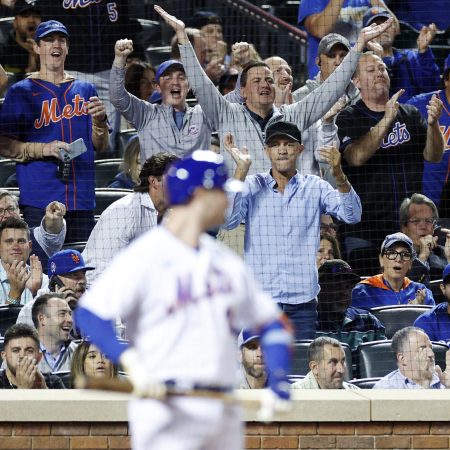The lone bright spot of last week’s announcement that Major League Baseball was canceling regular-season games after a failure to resolve a labor dispute with players was that MLB was looking at implementing a number of “sorely needed rules.”
Among them? A pitch clock that MLB commissioner Rob Manfred has officially dubbed a “timer” for some reason. As negotiations about getting the delayed season back on track continue, details have emerged about the pitching clock, er, timer.
According to ESPN sources familiar with the situation, MLB wants to institute a 14-second clock when the bases are empty and a 19-second timer with runners on the diamond. An experiment in the minors with a pitch clock used 15-second and 17-second timers, but MLB determined less time was needed for pitchers with the bases empty and more time with them occupied. So, 14/19 was settled on, likely much to the chagrin of star pitcher Max Scherzer, who previously stated he is “fundamentally against” the idea of any type of pitch clock.
“I know as players, that’s something that MLB is trying to negotiate,” he said in 2019. “I don’t think there’s negotiation here. As players, it just shouldn’t be in the game. Having a pitch clock, if you have ball-strike implications, that’s messing with the fabric of the game. There’s no clock in baseball, and there’s no clock in baseball for a reason.”
The 316 nine-inning games in the minors that used the clock averaged 2 hours and 41 minutes, down from 3:02 for the 91 games without a clock. A similar decrease of game length in the majors would be helpful, as the average time of a nine-inning game was a record 3:10:07 during the 2021 regular season, up from 3:07:46 for the pandemic-shortened 2020 season and 3:05:35 in 2019. Overall, the average length of an MLB game has increased by 45 minutes in the past 50 years.
“Certainly encouraging,” Manfred said of the experiment last fall. “Game times in the 2:40s, which is a really sort of nice number when you think about it in comparison to where we’ve been. I think maybe more important than that is that people that go and watch the games feel like the pace of the game, the action in the game has really been improved, that it actually alters the requirement of moving along pitching, kind of changes the game the way it’s played a little bit. And that would be a useful change for us.”
As would actually playing baseball instead of squabbling about it.
Thanks for reading InsideHook. Sign up for our daily newsletter and be in the know.


















